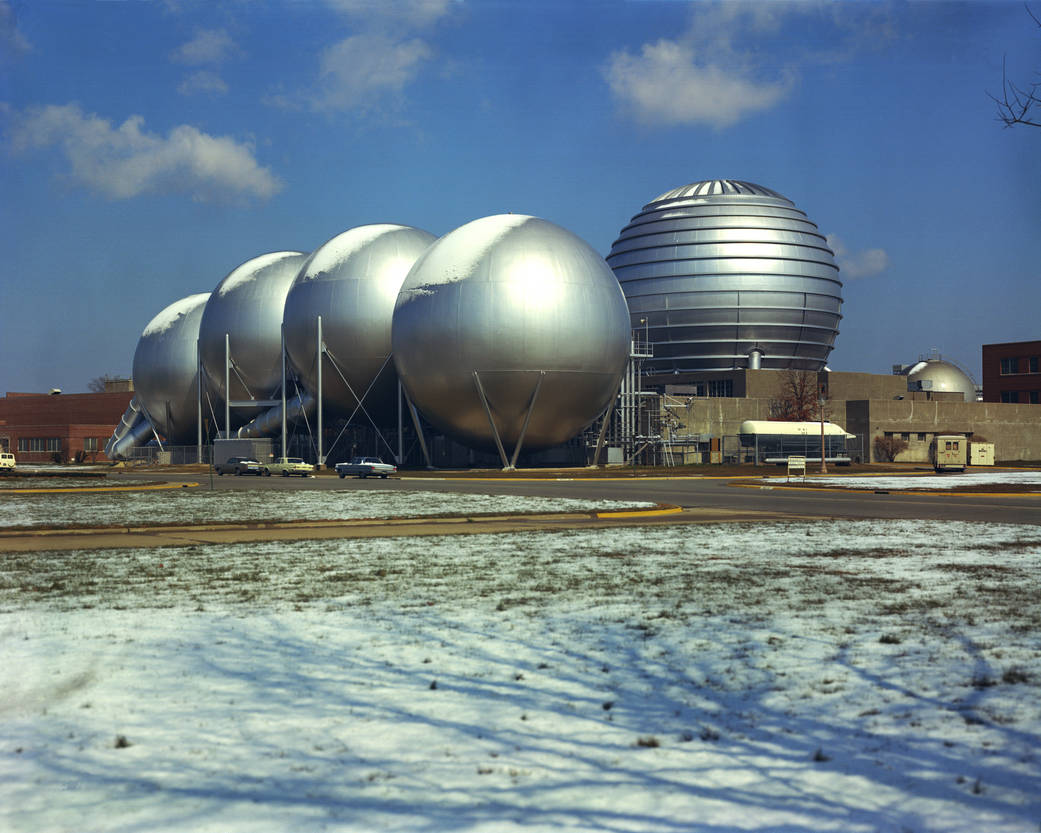Hypersonic wind tunnel
March 24, 2017 | Expert Insights

Improving infrastruce for space transportation
Indigenously developed hypersonic wind tunnel and shock tunnel, the third largest in terms of size and simulation capability in the world, have been commissioned at the Vikram Sarabhai Space Centre (VSSC).
What is the need for wind tunnels and shock tunnels?
- Aerospace vehicles fly at high speed, often greater than the speed of sound. Their re-entry through the atmosphere is at high Mach numbers, the modelling of which is intricate.
- Hypersonic Wind Tunnel and Shock Tunnel facilities are used to simulate the aero-thermal environment where characterisation of vehicles is carried out. Facilities existing in the country are smaller in size and have limited simulation capabilities.
- One metre hypersonic wind tunnel can simulate flow speeds of Mach 6 to 12. One metre shock tunnel simulates flight speed of 4.5 kilometres per second.
What is it’s Significance?
- A wind tunnel is used to study the effects of air flowing past a solid object—in ISRO’s case, space vehicles. With the space agency lining up big missions like the ‘Reusable Launch Vehicle’ (RLV), ‘Two Stage to Orbit’ (TSTO) rockets, air breathing propulsion systems, and the human space flight programme for the future, the aero-thermodynamic modelling of such vehicles in a hypersonic environment is vital for optimal designs.
Assessment
Commissioning of such facilities would provide adequate data for design and development of current and future Space transportation systems in the country. The commissioning of the facility also symbolises the country’s capability in establishing such world class facilities wherein technology from outside is restricted or not available. The facility will also help aerodynamic characterisation of advanced space transportation systems.








Comments